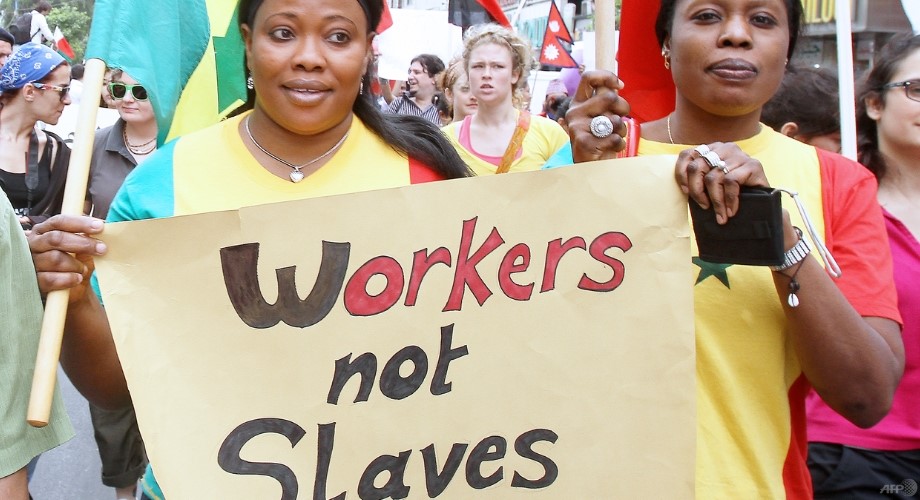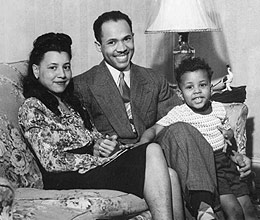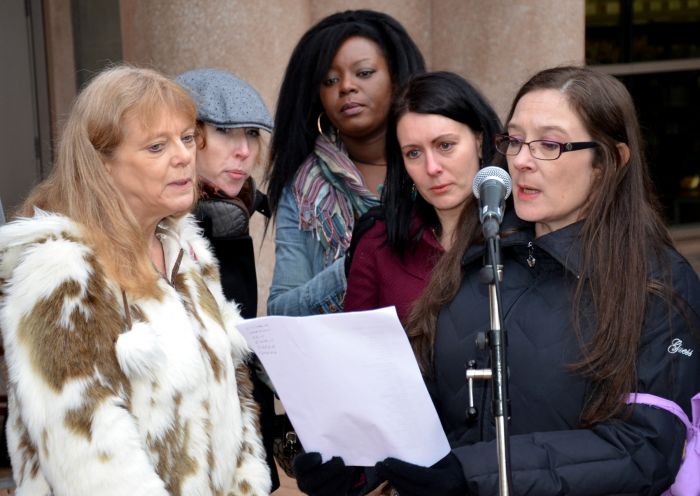
Leading domestic worker organizations and thousands of people from around the world praised Pope Francis last week after he tweeted a message of support for domestic workers to his 4.3 million followers. “May we be always more grateful for the help of domestic workers and caregivers; theirs is a precious service,” the tweet read. Since then, at least 5,100 people have shared the message with their followers.
The fact that millions of people could see the pope’s message is reason enough for domestic workers and advocates to be excited about it. It could inspire employers and lawmakers to consider their roles in the treatment of domestic workers. But even more important is what the tweet represents: concern and commitment from a global leader who has a unique ability to raise awareness and influence public opinion – in a way that could lead to policy and culture change. And that’s why the tweet matters.
Views on the papacy and Catholicism aside, Pope Francis undeniably speaks to a large, global audience. There are an estimated 1.2 billion Catholics worldwide, primarily in Latin America and Europe. As Jack Jenkins of the Faith and Progressive Policy Initiative argues, “the pope has a built-in listening audience that rivals that of most heads of state… he has the opportunity to push issues into the global spotlight just by mentioning them in his public addresses.” This is significant for a workforce often considered invisible.
The pope’s built-in audience also includes and is magnified by the media. In March, Pew Research Center released the results of an analysis of U.S. media coverage of Pope Francis’ first year and found that he appeared in nearly 50,000 stories in top digital news outlets, ranking fourth most popular among international leaders – behind President Obama, South African leader Nelson Mandela (who died in December) and Syrian President Bashar al-Assad.
The potential for the pope’s global audience and news-making ability to generate support for domestic workers seems obvious, especially among Catholics. But media scholars have also long argued that the media itself has an agenda-setting effect, which means it can make topics more salient for the public and lawmakers simply by covering them. This media effect, combined with the newsworthiness of the papacy, could make the pope’s messages and support of domestic workers even more influential.
The popularity and favorability of Pope Francis (including on Twitter) is also significant. In the United States, for example, two-thirds of the public overall and more than eight in 10 Catholics favor him. He was named TIME’s “Person of the Year” in 2013. And there are some signs that he receives more media coverage than his predecessor did, and that coverage of him spikes when he makes statements about social issues.
In many ways, the pope is also in command of a messaging and public policy influencing machine. As Jenkins notes, popes’ opinions are “typically reflected in the work of the church hierarchy,” in part because they can appoint like-minded bishops that can advocate in a variety of ways. The U.S. Conference of Catholic Bishops, for example, engages in public policy debates and endorses legislation. Its support of a federal domestic worker bill of rights or legal protections for domestic workers could generate increased support from lawmakers and the public.
Finally, and importantly, Pope Francis’ concern for domestic workers has been expressed in more ways than this tweet. He made similar comments in a weekly address in June and during a recent interview. The “dignity of labor” has been described as one of his top three social issues. And in 2013, he discussed the challenges surrounding decent work in today’s global economy and the significance of the International Labour Organization’s Domestic Worker Convention with the director general of the agency.
As it turns out, ensuring dignity for domestic workers is personal for Pope Francis. His family employed a domestic worker when he was a child and he admired her greatly, even seeking her out later in life and visiting her the decade before she died. To this day, he says he wears a medallion she gave him as a reminder of her. This strong, personal commitment and his global influence make him an especially powerful ally for the domestic workers’ movement.
There are, of course, limitations to the pope’s ability to inspire widespread policy and culture change. Some people will always disagree with the pope and the church, and his influence is most likely limited to Catholics and Catholic countries. But these limitations do not diminish the overall significance of a pope speaking out about such a critical and global issue.
Last week wasn’t the first time Pope Francis reminded the world of the need to treat domestic workers with dignity and respect, and it won’t be the last. Those 108 characters matter because they just might represent great potential and promise for a sustained papal effort to shed light on the importance of domestic labor and the rights of the tens of millions of women who perform it. Catholic or not, that’s reason to celebrate.
(Photo Credit: Twitter / International Domestic Workers Federation)






